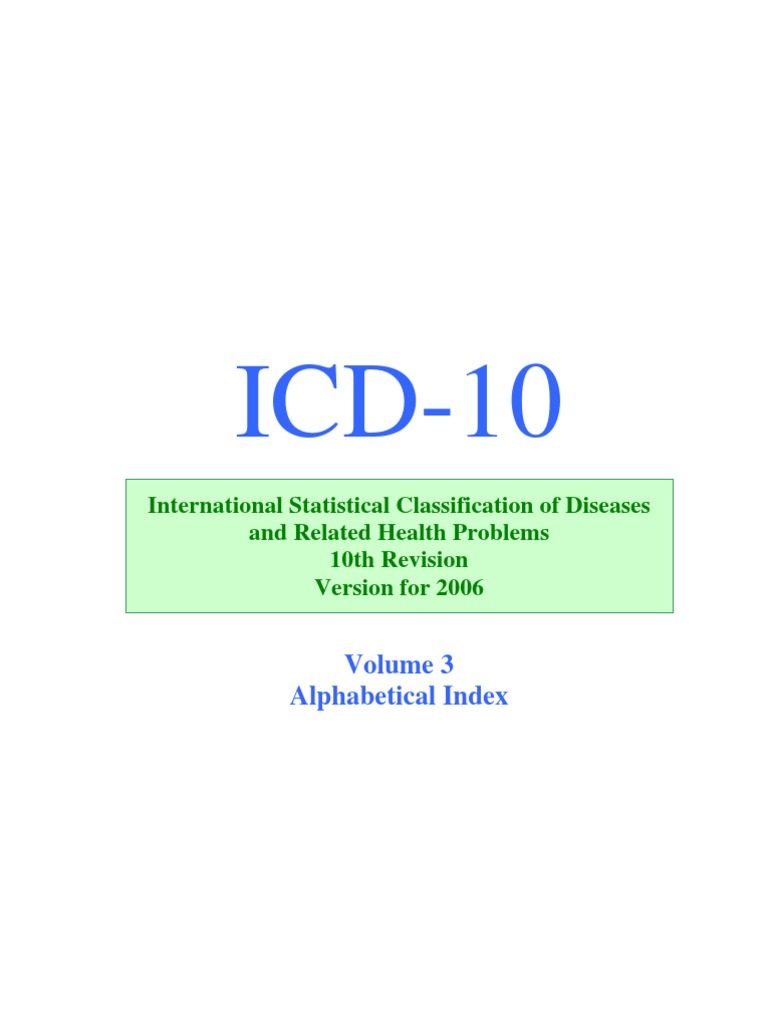
Allergic Reaction Secondary To Bee Sting Icd 10. Contact dermatitis of bilateral upper and lower eyelids. Localised reactions to bee and wasp stings Allergic reactions to bee and wasp sting Toxic envenomation Venom immunotherapy desensitisation. Bee sting anaphylactic shock - See. Poisoning by bee sting.

- K5229 Other allergic and dietetic gastroenteritis and colitis. For example you could develop hives and stomach pain. Poisoning by bee sting. The ICD-10-CM code T782XXA might also be used to specify conditions or terms like acute disorder of hemodialysis allergic reaction caused by hymenoptera venom allergic reaction caused by hymenoptera venom allergic reaction caused by hymenoptera venom allergic reaction caused by latex allergic reaction to bee sting. Allergic contact dermatitis due to nickel. For most people a bee sting only produces temporary pain and irritation at the site of the sting.
Assume that a patient provides a history of reaction to beewasphornets stings is skin tested and skin testing is negative.
Anaphylactic reaction or shock due to serum T805- ICD-10-CM Diagnosis Code T8030XA convert to ICD-9-CM ABO incompatibility reaction due to transfusion of blood or blood products unspecified initial encounter. Anaphylactic reaction or shock due to serum T805- ICD-10-CM Diagnosis Code T8030XA convert to ICD-9-CM ABO incompatibility reaction due to transfusion of blood or blood products unspecified initial encounter. For others bee stings cause an allergic reaction that can range from mild to severe. If the patient had not been recently stung and has not been actively treated by a provider the appropriate code would be the Z91030 Bee allergy status. Contact dermatitis of right upper and lower eyelids. The ICD-10-CM code T63441S might also be used to specify conditions or terms like allergic reaction caused by hymenoptera venom allergic reaction to bee sting allergic reaction to insect venom anaphylaxis caused by insect venom anaphylaxis caused by venom anaphylaxis due to hymenoptera venom etc.
